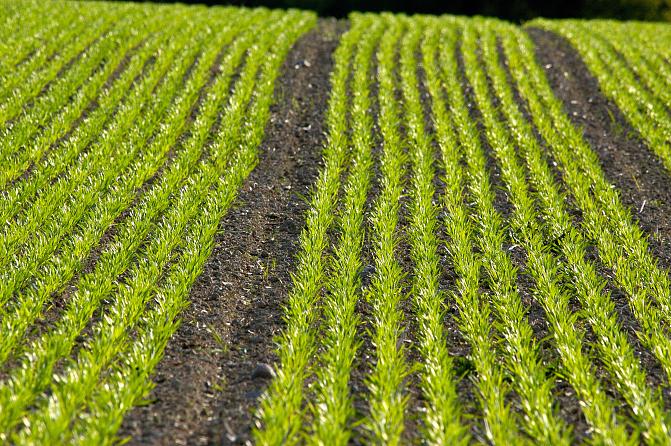
Agricultural productivity
On this page
Changes in agricultural productivity have been presented in relation to 2005=100 (orange curve), and as a three-year average calculated from this figure (blue curve). In 2024 the index number was 118. Total agricultural productivity increased in Finland from 2012 to 2022 by an average of 1.0% a year (blue curve) and in EU 27 -countries 0.8% a year during the same period.
Allow functional cookies to show the embedded graph.
Data collection
Description of the indicator
Simply put, productivity means the ratio between the production volume and the inputs used in production. Productivity improves if an unchanged number of inputs, such as cultivated land, work and capital, can be used to increase production or if the same production level can be reached by using fewer inputs. When productivity goes up, competitiveness also increases.
Productivity is examined as a whole, when the development of output is compared with the total number of all inputs, and as partial productivity, when output is compared with each input at a time. For example, work productivity, capital productivity and the productivity of material use comprise partial productivity.
Statistics Finland produces this indicator data. Data sources of indicators that measure productivity are mainly based on Eurostat's EAA data. However, the cost of labour, the cost of land and the alternative cost of equity have been calculated in accordance with the Total Factor Productivity in Agriculture methodology guide.
The indicator of agricultural productivity is one of the CAP impact indicators.
The indicator will next be updated in autumn 2026.